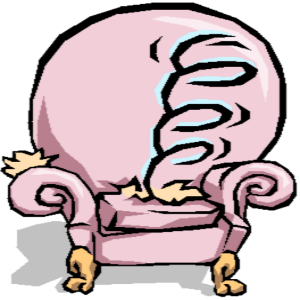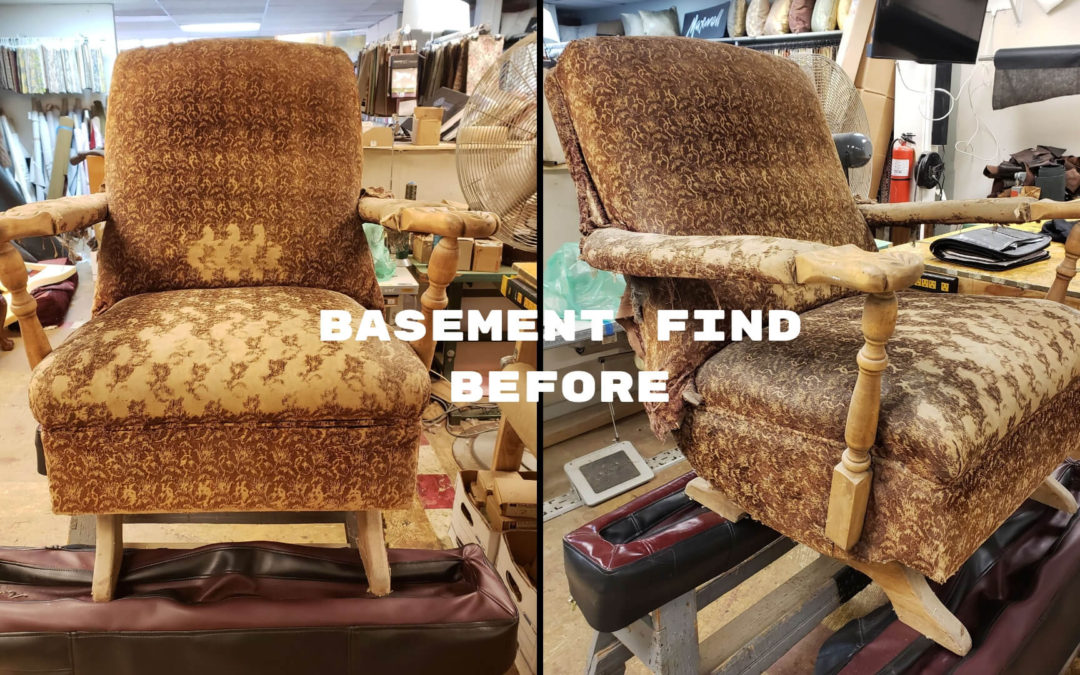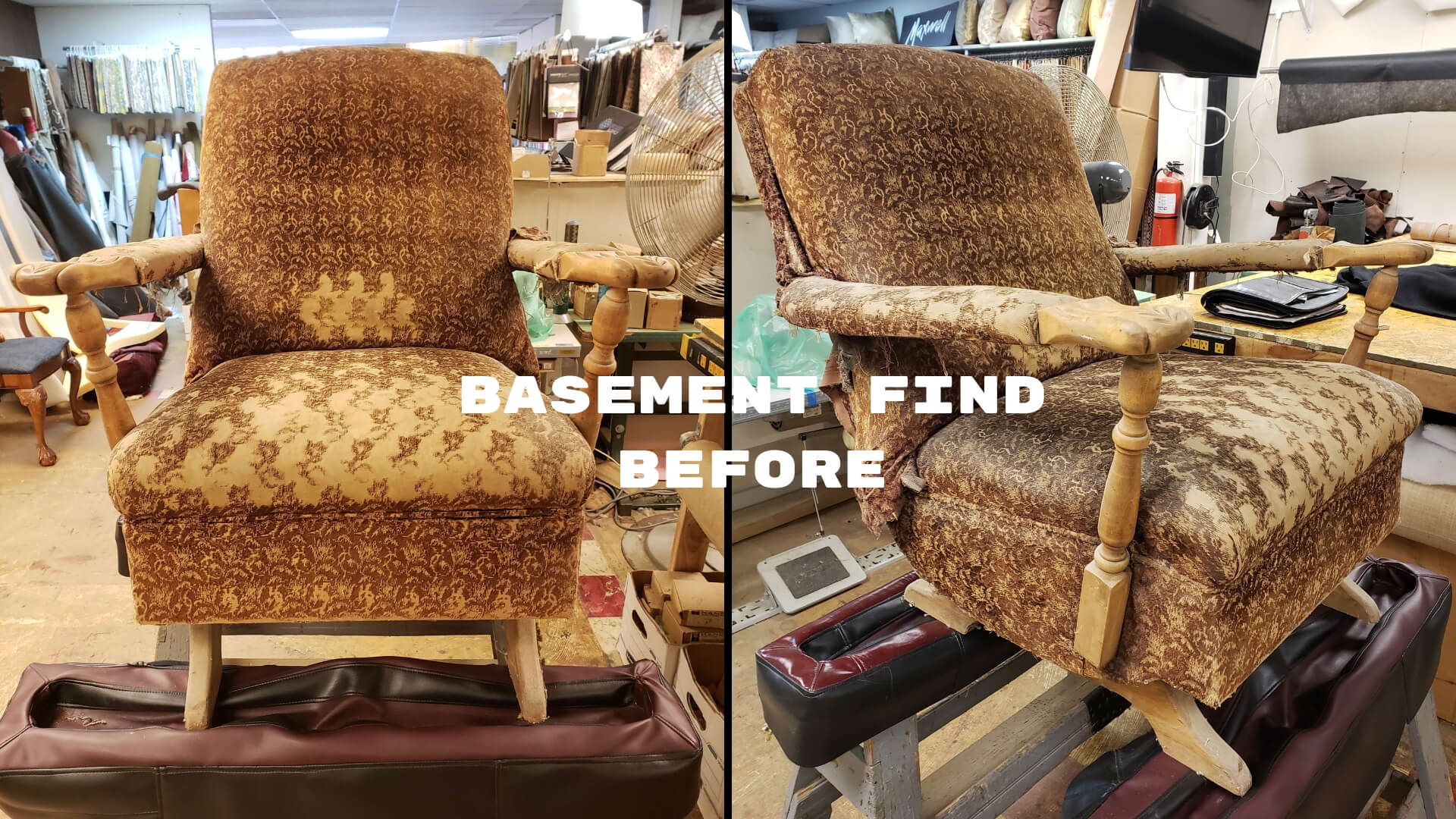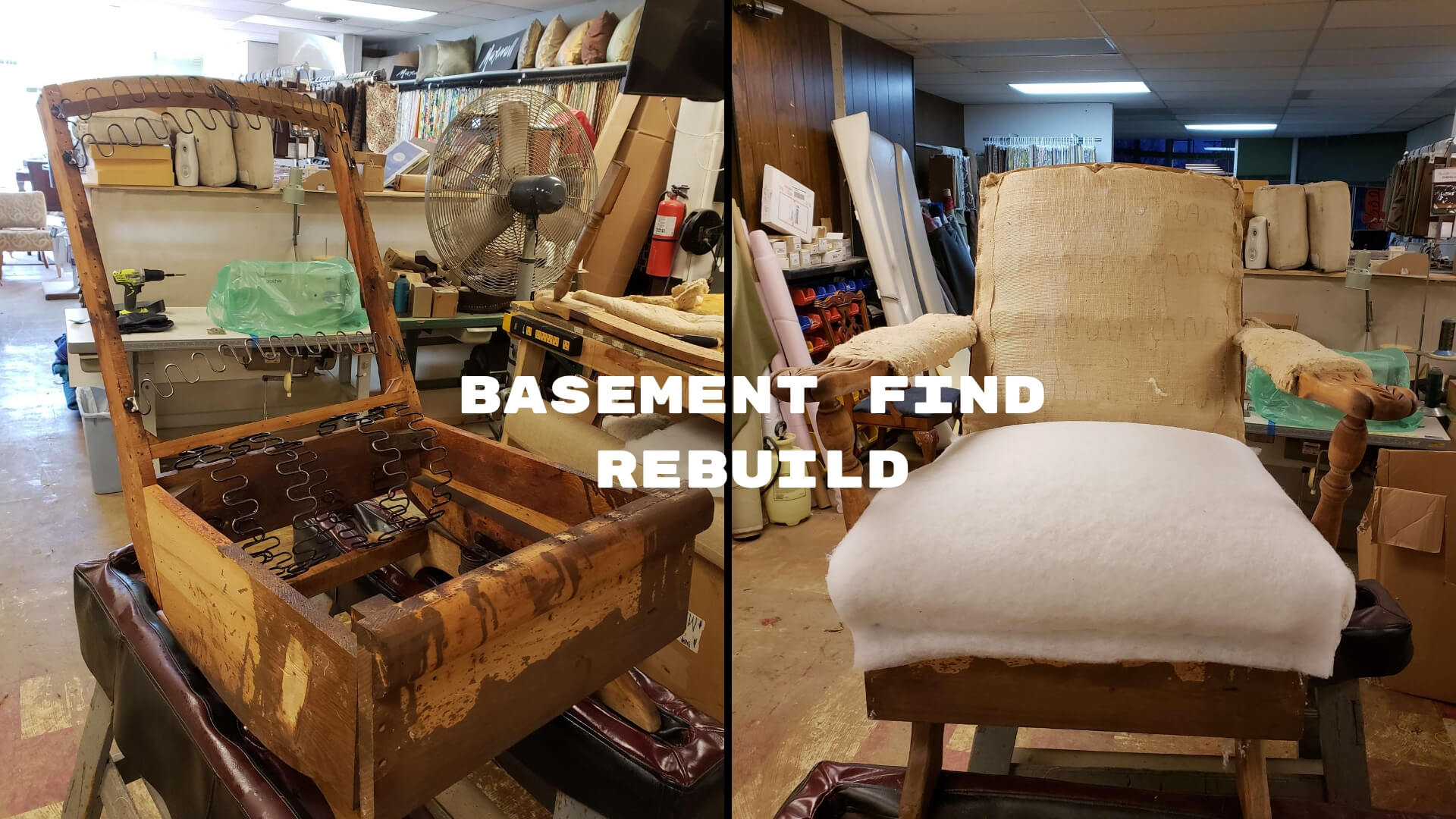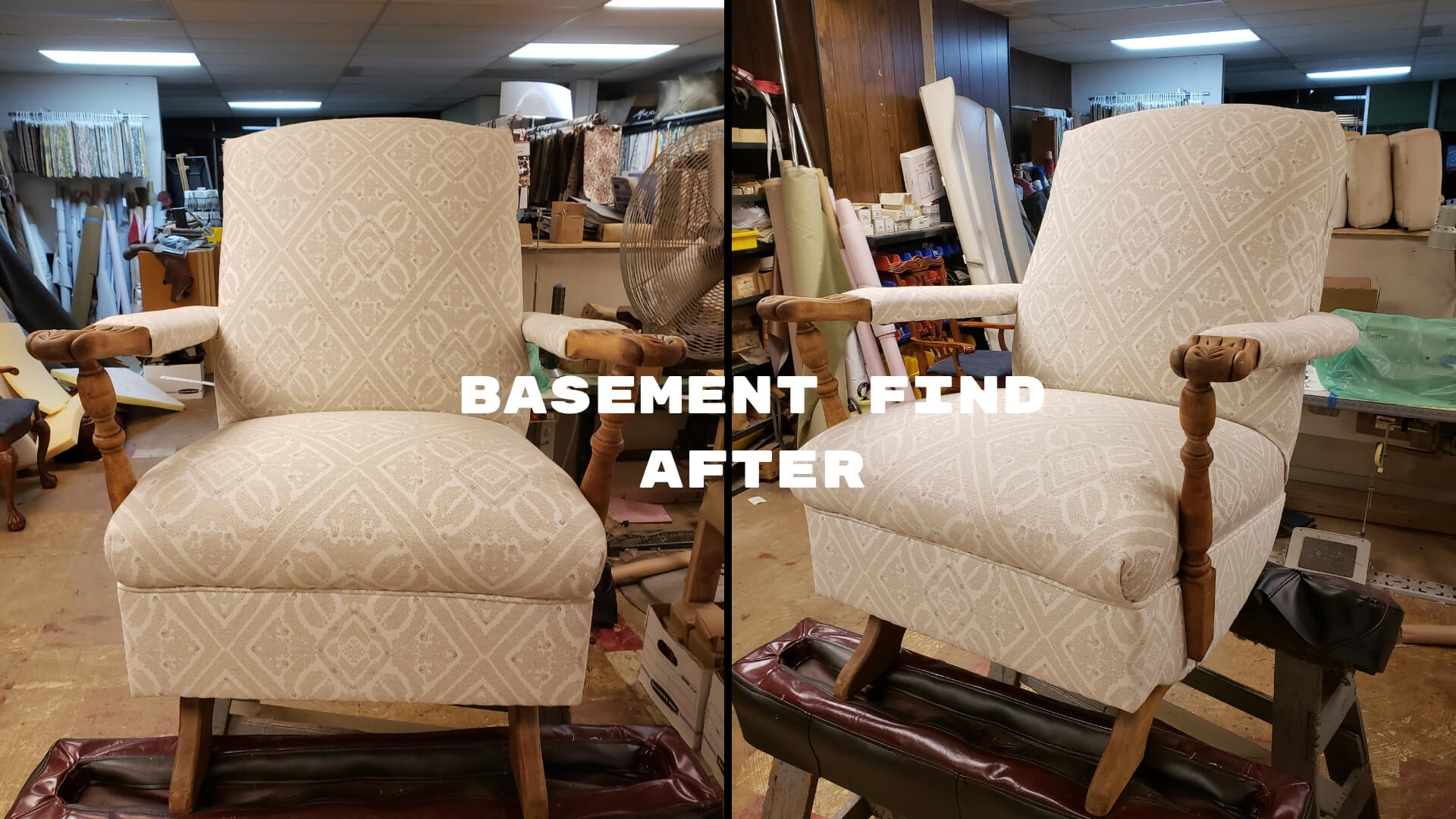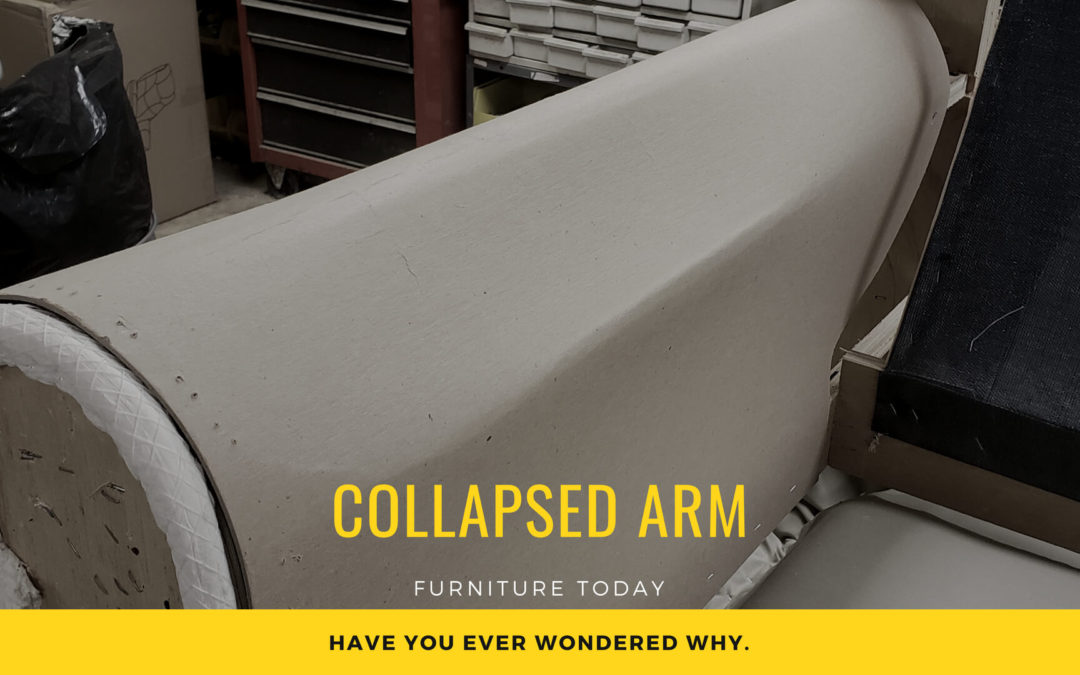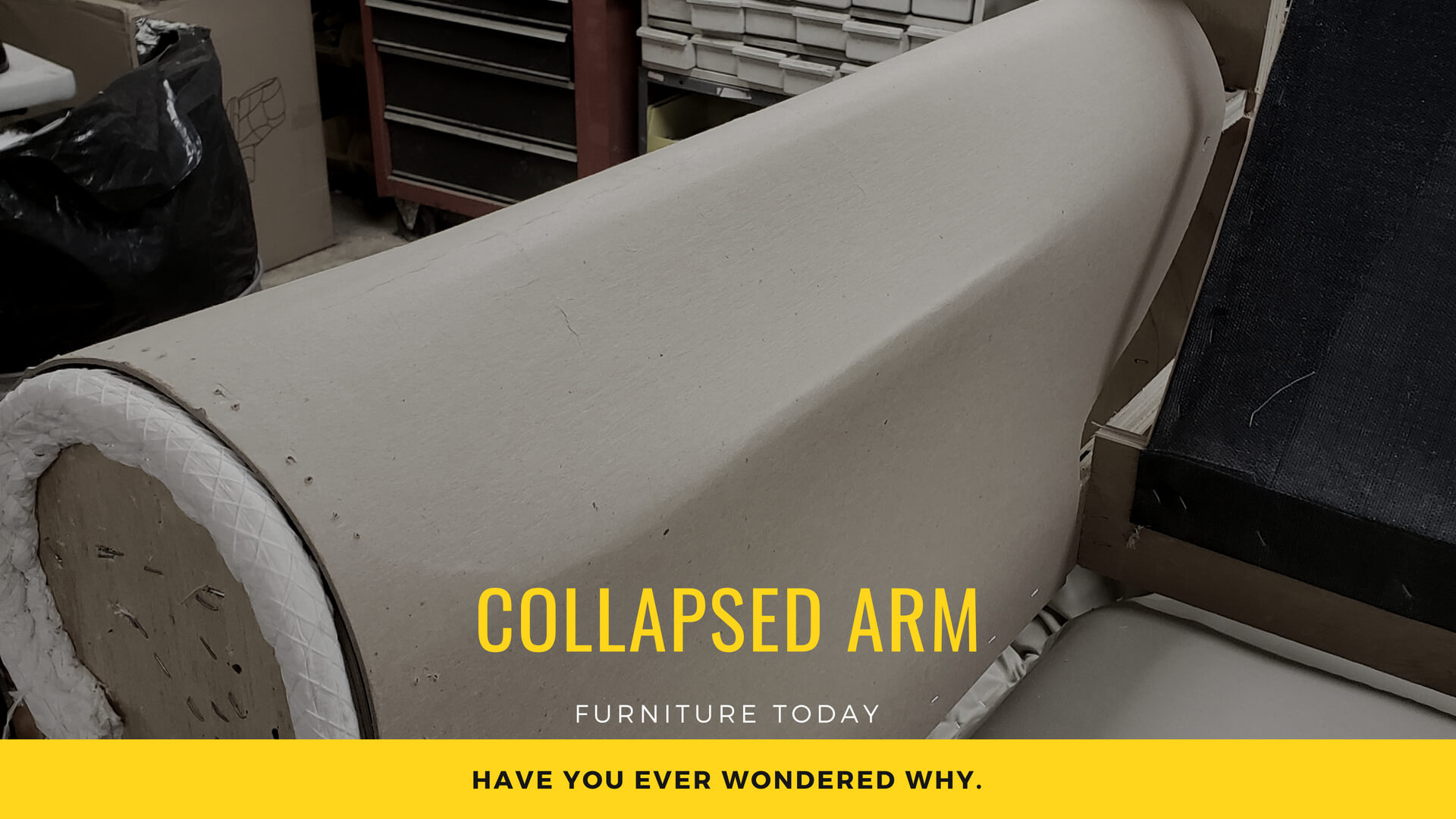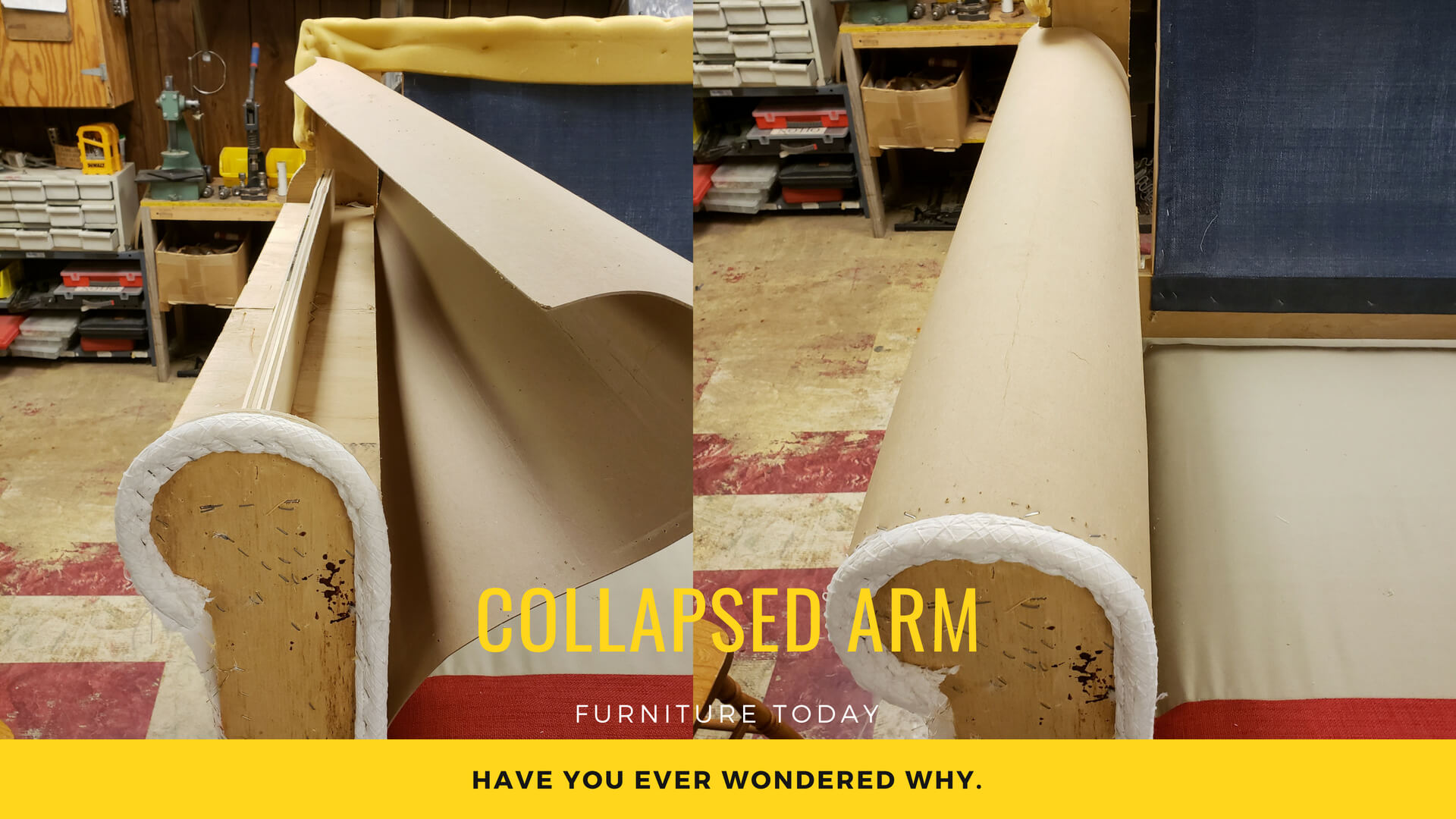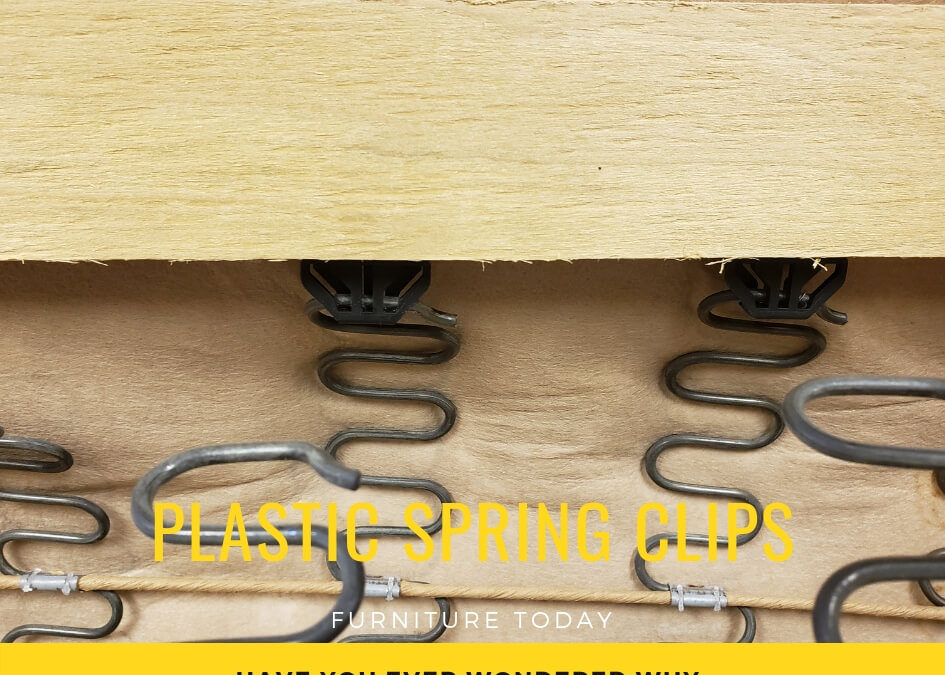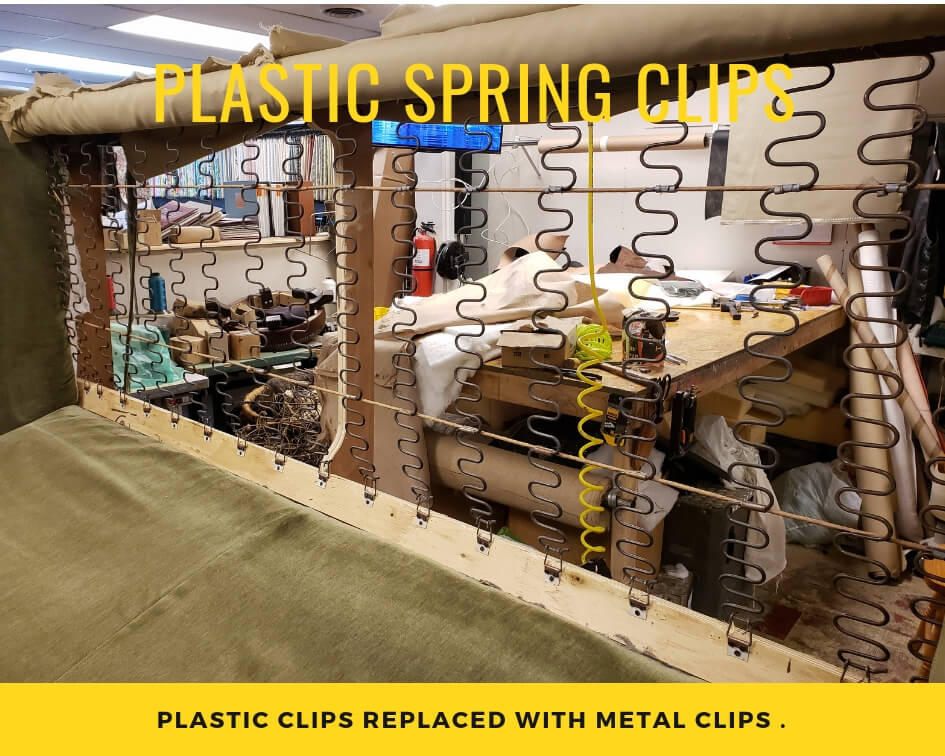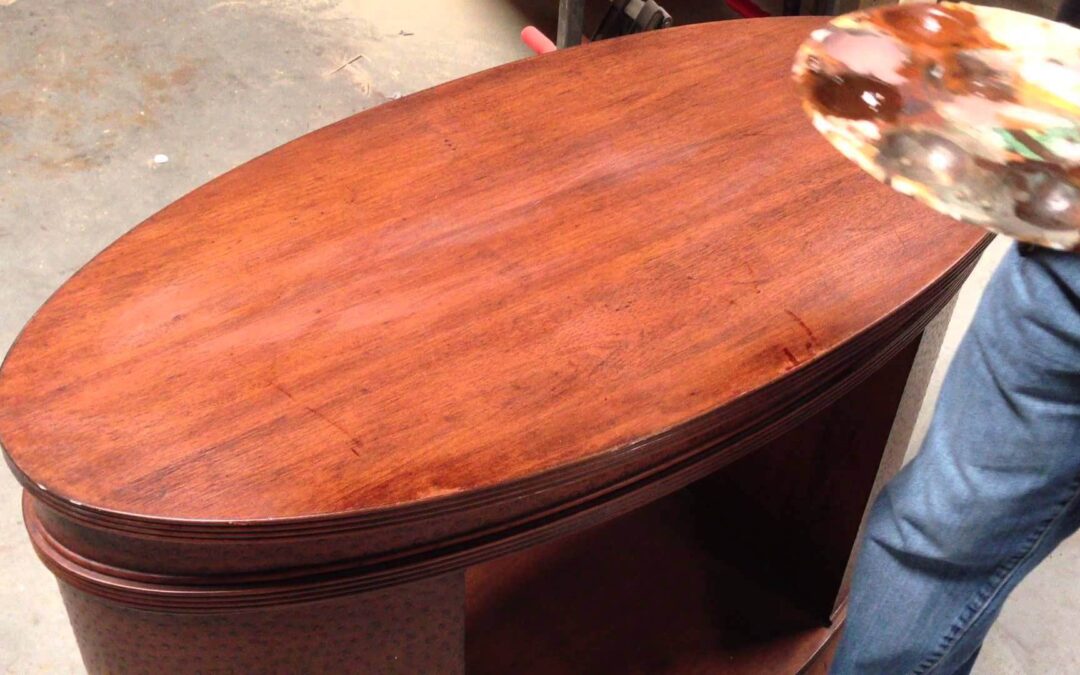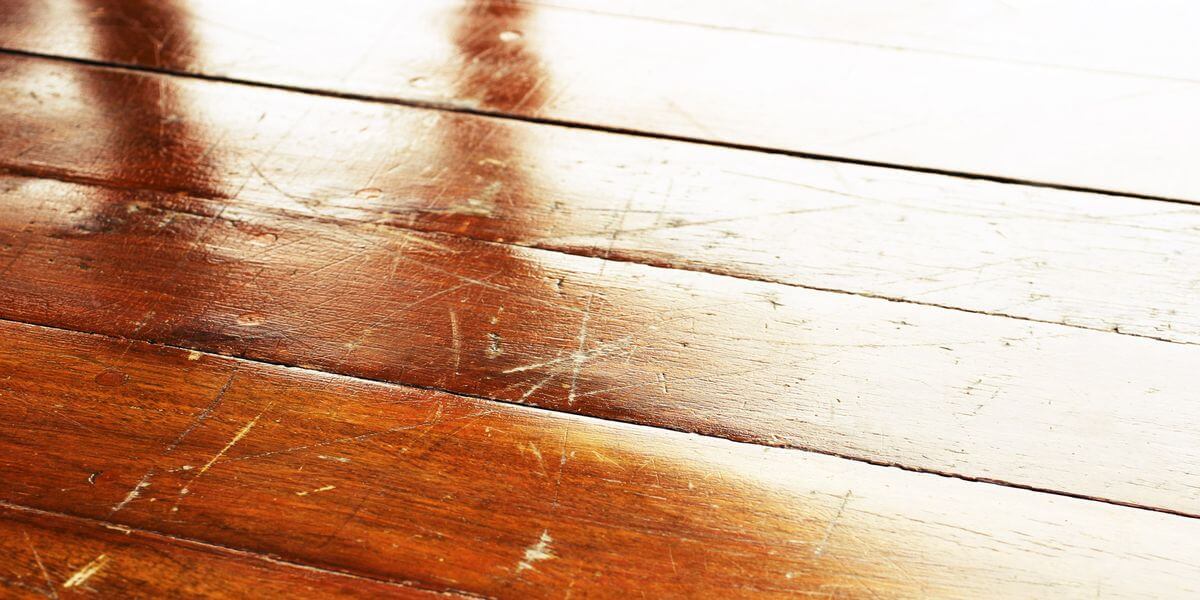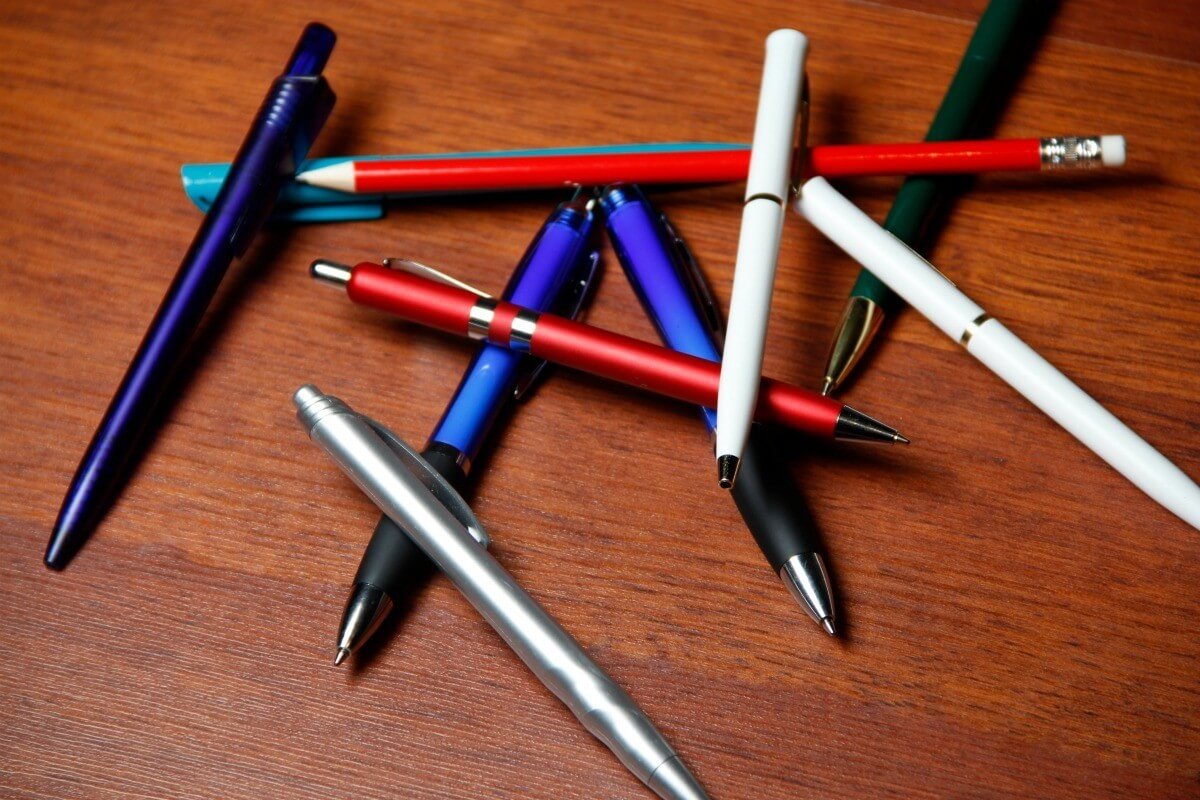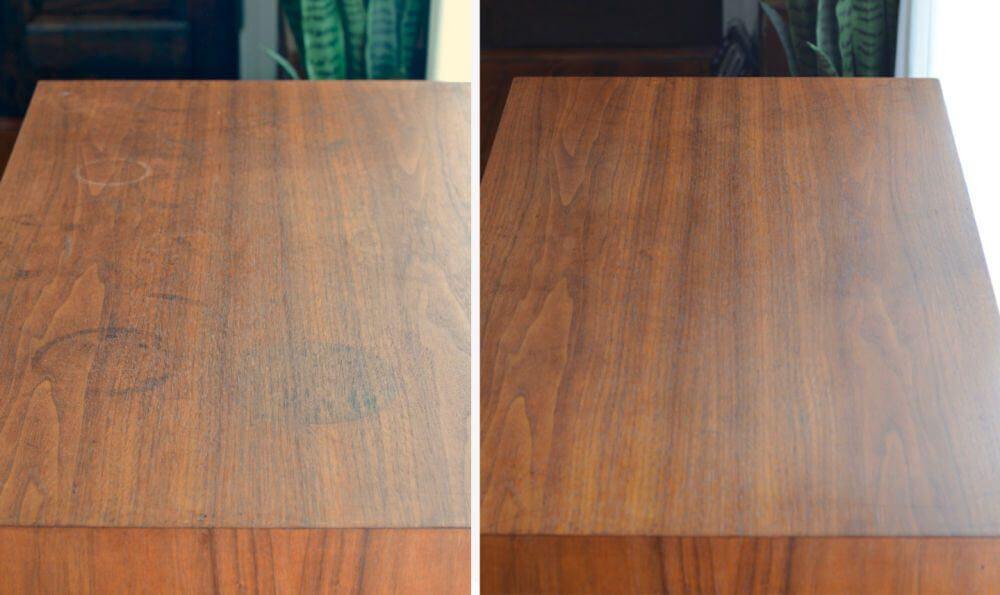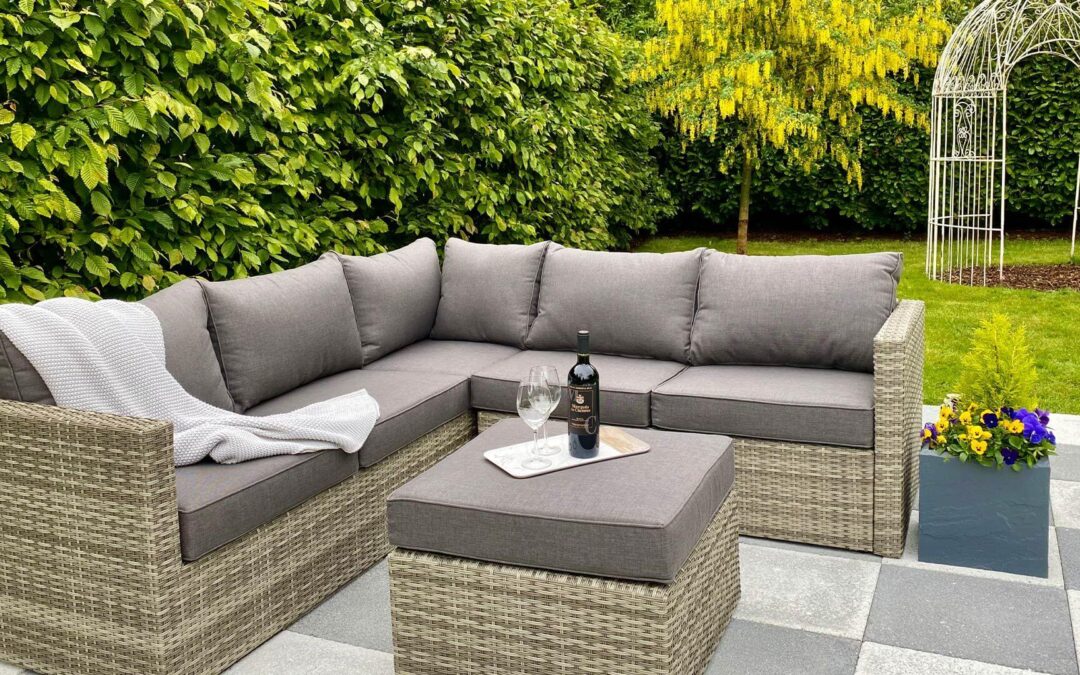
How To Repair Wicker Furniture
Want to know how to repair wicker furniture? If you need to repair wicker furniture when the wicker reed is missing or broken and you’re seeking for someone to do it for you, you’re in for a surprise. Finding someone who is competent and willing to assist you will be tough, to say the least, and the cost will almost certainly be exorbitant if you have major damage. In certain situations, the repair may be more expensive than the worth of the furniture. In such case, you should consider fixing it yourself. If the piece of furniture is part of a matched set or merely one you truly enjoy, you should probably try to mend it rather than replace it. In such a scenario, it is fair to repair it yourself and rescue your damaged piece from the scrap heap. It’s time-consuming, but it’s worthwhile and attainable.
You Might Need These Tools
- Pliers (Traditional)
- Pliers with Needle Nose
- Wire Cutters
- Wire with the tensile strength of a paper clip
How To Repair Wicker Furniture: Reed Replacement for Missing or Damaged Wicker Furniture
Repairing wicker furniture seems difficult, and in some situations it is. This course, on the other hand, focuses on repairing lost or broken reed that is weaved in one direction and is not designed for very complex woven portions. Small repairs are simple, and performing them yourself may be a satisfying experience. It’s not awful once you get the hang of it, but it does need some patience.
10-Step Procedure for Replacing a Missing or Damaged Reed
1. Locate the Damaged Reed
The first step in how to repair wicker furniture is to examine the damage that has to be repaired, and determine whether re-weaving would suffice. Determine the extent of the damaged or missing wicker reed if it is easily visible. You should have a clear idea of what repairs are required.
2. Determine Reed Material: Shape, Size, and Color (Resin or Natural Reed)
To prepare for replacement, you must first determine the sort of material required, as well as the diameter and color of the reed. Wicker may be made from either natural or synthetic resins. Whether you use natural or resin reed, the style and size of the reed, as well as the colors, can vary.
3. If possible, get a sample of reed
To obtain the right replacement reed, you may need to collect a sample from the damaged reed or from a section of reed that has extra poking out from a hidden location beneath the furniture. If you can obtain a sample to show the vendor, you will have a greater chance of receiving the proper replacement or one that is near enough to be acceptable.
4. Determine the amount of reed required.
You’ll need to estimate how much (length) of each reed you’ll need to do the repairs. Make an educated guess and then add a bit extra. When placing your order, keep in mind that having leftovers is a good thing. Consider having a spare reed on hand before placing your order. If you need to make repairs again, it’s a low-cost insurance coverage.
5. Make contact with a wicker dealer and obtain a new reed.
In an attempt to obtain the identical reed, the first place to go for replacement reed is the store where you purchased the furniture. If it doesn’t work, you’ll need to contact a wicker dealer that can provide repair supplies. Natural wicker reed is very easy to obtain, but resin reed is more difficult to obtain due to the large number of merchants offering a variety of styles, sizes, and colors. Not all reeds can be replaced with an exact match, so you may have to settle for a different color or size. War wounds, in our experience, offer a little character to your furniture.
6. Observe and Record the Weave Pattern
Before you begin, you should familiarize yourself with the weave pattern. When you remove the damaged reed, you may not identify the pattern you need to duplicate when you wave in the new reed. So take a good look at it and figure out how to weave the new reed back in. It’s a good idea to look at the opposite side of the furniture (Example: left arm vs. right arm.) and see what it looks like in an area where there isn’t any damage or missing reed. Taking a clear photograph may also be beneficial.
7. Take out the damaged reed.
Using a pair of wire cutters or a similar instrument, cut and remove the damaged reed. Back out the remaining reed so that the end is pointing down and away from the surface. At least 1-2 inches of the original reed should be left tucked beneath the surface. The more you weave a piece of reed into place, the better it will hold. So, if possible, attempt to take enough original reed to weave back in a piece over and under the cross members at least four to seven times, more if desired. In limited spaces, you may be forced to utilize a brief weave over and under 2-3 cross members. In certain situations, you may have to accept that the new piece will be a little loose when you weave it in. However, as long as the braided piece does not come out, it is totally acceptable.
8. Create a wire tool to help you pull the reed back up.
When you’re ready to weave the new reed in place, you’ll need a tool to help you do it. The reed will be wrapped around and under the cross member. Without a wire tool to hook and draw up the reed, you will be unable to bring it back up to the surface. Make a wire tool out of a paperclip or similar sized wire so that when you feed the end of the cane down over a cross member, you can hold it with the wire and draw it up from beneath the subsequent cross member. Bend one end of the wire to make a hook large enough to grasp the reed and bring it back up to the surface. It may take some tinkering to get it to function the way you want it to. Keep the hook thin enough that it can draw the cane up and between the laterals. Bend the opposing end so that your finger has something to pull up on as you draw the reed up.
9. Insert the new reed by cutting and weaving it into place (Tuck In Ends Where Necessary)
New reed is typically sold in lengths more than 36 inches. This is generally longer than what is required to fix a single reed component. If possible, weave the entire length and then clip the excess off when you’re almost done to avoid wasting what you bought. If waste is not an issue or if the length is inconvenient, it may be simpler to cut lengths that are easier to deal with. Just don’t trim them too short or you’ll waste reed. Use the wire tool you created to assist you in weaving the reed into position. The tool includes a hook on the end that allows you to catch the end of the reed that is below the surface and draw it back up to complete the design.
Important note: Natural wicker reed must be soaked in water for at least 15 minutes before weaving to make it flexible enough to bend.
Natural Wicker Stain and Seal
If you’re mending a natural wicker item, you’ll need to stain or paint it to match the finish. If you’re staining rather than painting, seal the stained reed with a transparent acrylic paint after it’s stained and dried. If your wicker is natural and untreated, you won’t need to paint or protect it. Purchase the smallest amount of stain available at your local hardware store. For staining, follow the manufacturer’s directions. To seal the damaged area, get a can of acrylic spray clear coat and paint it. If you like, you may reseal the entire piece with the can.
If you need to paint the repair, you can do it either on the mended region or on the entire surface to provide an equal finish. For further information, see our Painting Wicker Furniture or Tips for Painting Wicker Furniture pages.
It’s critical to remember two things:
- Because the weaving motion consumes more reed than you may think, you’ll need more length than the linear distance between the start and conclusion of your weave.
- Allow at least 2 inches extra at the end of each side of the new reed so that it does not pull out when the final ends are tucked under the surface where they cannot be seen.
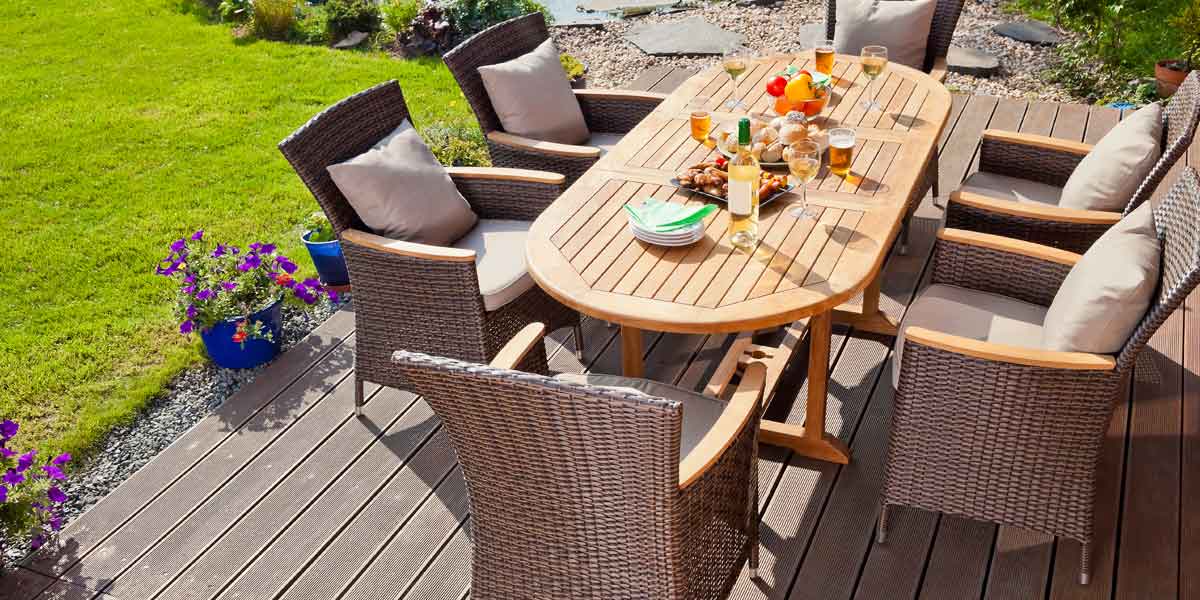
Summary For How To Repair Wicker Furniture
After replacing each broken or missing reed, the weaving should be tight but not too slack. It is sometimes unavoidable to have a loose weave in a repair, although it is far preferable to be loose than damaged or absent. In most situations, you will have restored your wicker furniture successfully, and you will feel fairly good about yourself for learning how to fix it and being amazed at how wonderful it looks. Recognize that the replacement reed will typically survive the same amount of wear as the original.
Originally posted on October 6, 2021 @ 8:00 am
